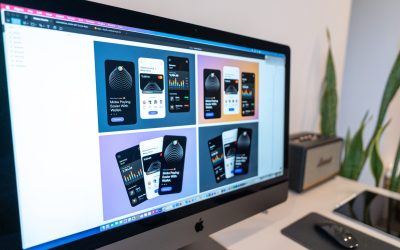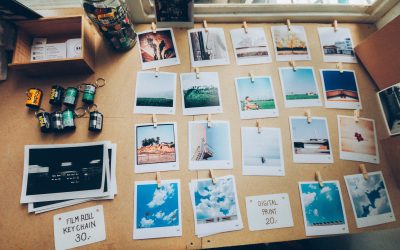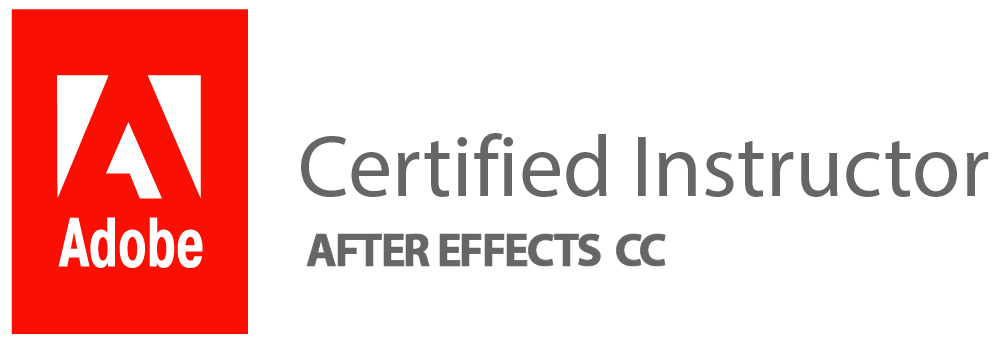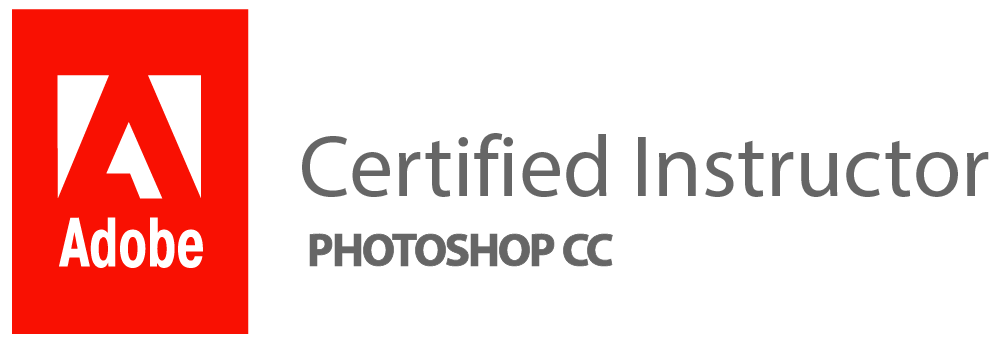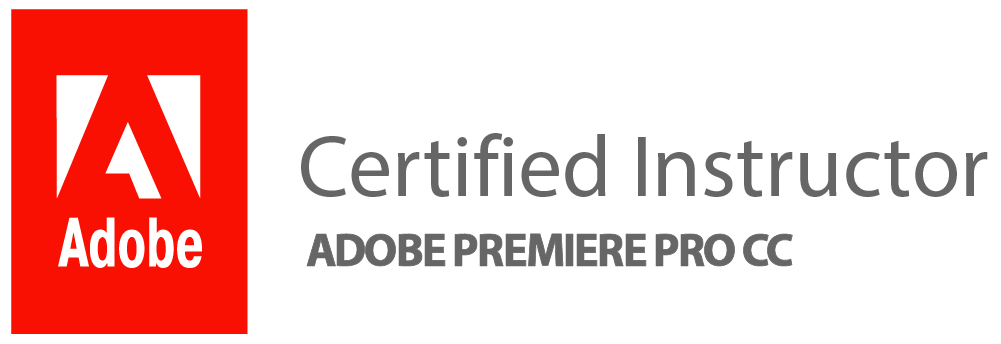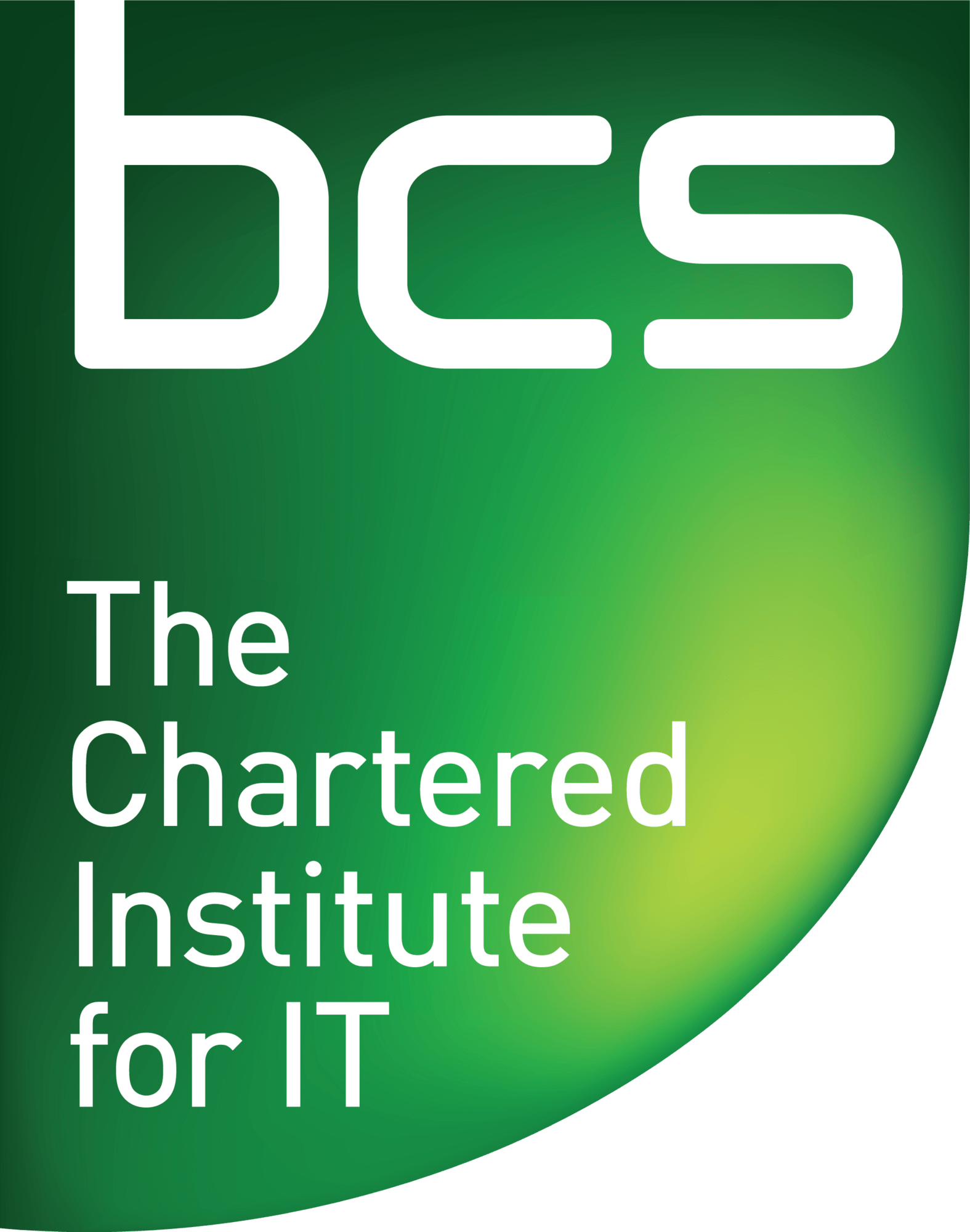How Do You Create A Graphic Design?
If you are making social network graphics or planning invites for an exciting case, graphic design has a wide range of applications. The facets of the design universe are diverse, ranging from font pairing and size to alignment and white space. You can learn graphic design from Blue Sky Graphics online!
01. Keep the typefaces to a minimum.
For convenient and accurate graphic design, utilising easy-to-read fonts while choosing a typeface or font for headings, subtitles, and body text. Since it is difficult for the retina to search many typefaces, stick to a small selection of fonts. This style makes use of variants from the Aileron font range, a geometric sans serif typeface with a clean and modern aesthetic.

How Do You Create A Graphic Design
02. Do not be afraid of size.
Scale form, forms, or compositional elements that need proportionate focus. Using suitable colours to improve this strategy while retaining appropriate typefaces that appear nice when extended.
03. Be considerate of other elements’ rooms.
Letter spacing may be used to fill blank space, match text, or condense words that take up so much space. However, do not minimise letter spacing too greatly that it can not be understood, or raise it so much that the letters become separated from one another. On this case, the reduced letter width on the term ‘Respect’ creates a simplified impact as a visual reflection of space, or lack thereof.
04. Use a limited paint palette.
Choose a paint scheme that includes 1-3 main colours and 1-3 secondary colours that contrast and compliment one another. By changing brightness for comparison, you can achieve clarity by using various tones of the same hue. Finer typefaces would need more contrast against a coloured backdrop. For transparency and readability, light aqua is contrasted against a forest green backdrop.
05. Produce images that are clean, smooth, and transparent.
Increase contrast by changing the brightness of the background picture such that it offsets the text colour, resulting in a simple and easy-to-read design. This is an excellent technique for adding white or black text over a picture to produce a clear ‘cut-out’ effect.
06. Use fonts that better convey the design’s atmosphere.
Choose a typeface that sings your content’s tune. Typefaces with rounded edges are typically more friendly (Quicksand is used here); hard-edged geometric fonts (sans serifs) are sturdy and strong; and serifs express an elegant and refined appearance.
07. Make an order of alignment.
For design harmony and form, use a line or an embellishment. A line to the left of the text mimics a margin line which anchors the block of text in this case.
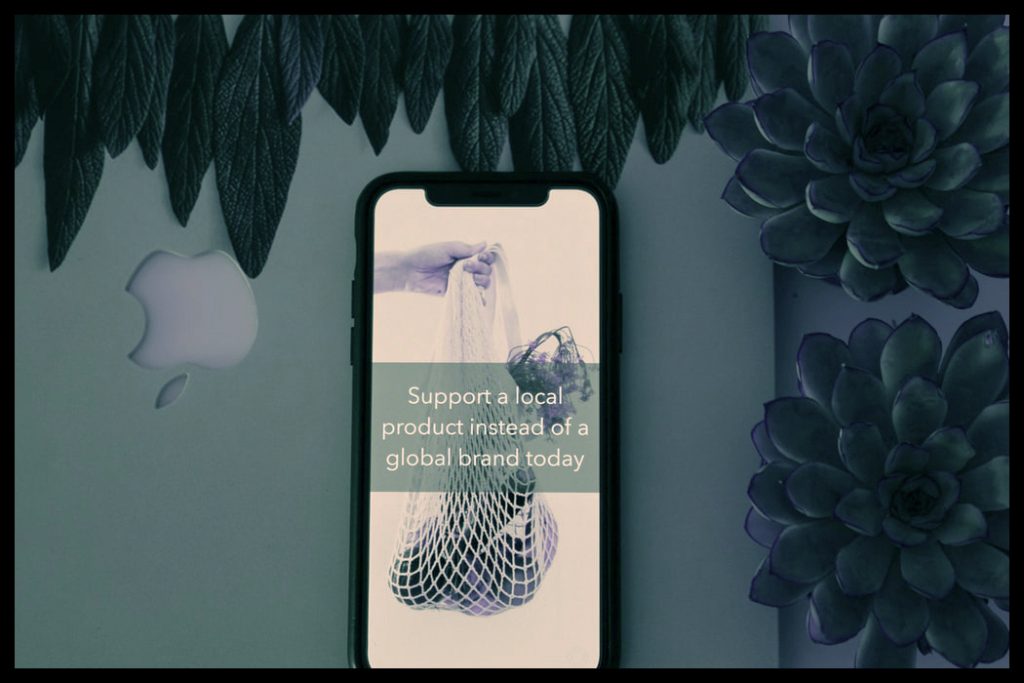
Use fonts that better convey the design’s atmosphere.
08. Make the projects as simple as possible.
Keep things plain, but do not neglect the fundamentals. Make sure that every feature in the design serves a purpose, and keep the amount of fonts, colours, forms, and frames to a minimum. To keep the text sharp and simple to understand, use contrasting tonal colour variations. The usage of a solid frame to accommodate your copy increases the compositional structure of a template.
09. Make use of the same design features on each tab.
Duplicating sections, then deleting text and removing images, is the best way to achieve aesthetic continuity in a document or display.
10. Be exclusive.
To create exclusive visuals, use your artistic talents and graphic design expertise to the fullest. Choose and mix various typefaces and filters to be innovative and inventive. Avoid following patterns and instead produce projects that represent your own distinct style, leaving a personal imprint on your work.
Hierarchy
11. Use hierarchy to organise the material The visually dominating aspect of a design can be the most critical element of the message. Colour or scale may be applied to a graphic to see if it affects the hierarchy of components and what draws eyes first.
12. Experiment with symmetry
To correspond with other design features, utilising horizontal and vertical lines. Make sure the thickness of the components suits the weight of the fonts for balance and proportion.
13. Take breaks from time and time to relax your eyes.
Take a moment to recharge your inventive battery. Relaxation increases vitality and creativity, so go for a stroll, get a bite to eat, and sit in the park to reset the mind and revitalise the view.
14. Use fonts from the same family.
Applying a single typeface or font family to text creates visual consistency. To leave the choice free, use a typeface or font family with a variety of variations, such as italic, bold, and condensed. The fonts used in this illustration are Libre Baskerville Bold, Light, and Italic.
15. Make use of white space
To encourage elements to breathe, surround words with white space to build a fluid style. The usage of space surrounding text boxes, pictures, and other graphic elements increases the readability of a design. It would also draw more interest than a cluttered composition.
16. Do your research before you begin designing.
Before you start writing or creating, make sure you have all of the necessary information. Study, learn, study, and make use of resources. Whether it is materials and objects or knowledge and evidence, the analysis approach ensures a more well-thought-out outcome.
17. Make a mood display.
For a quick and convenient mood board, use a grid to hold a series of pictures, paint swatches, and other visual elements. This exercise will assist you in determining a standard colour palette or pattern that can then be added to a project.
18. Build and mimic
Find projects you like using the Canva social source or inspiration websites. Incorporate the form care, picture filters, and overall layout into your own materials.
19. Be aware of world affairs
Keep world affairs in mind to encourage and change both your job and the way you work. On social media, follow related news sites. obtain essential and relevant material, and hold general awareness up to date
20. Consider thinking beyond the box.
People who are the most imaginative thought beyond the frame. To reflect your subject, stop using the usual icons and symbols that can be used everywhere. Find modern and original symbols that creatively engage with the viewers by researching, sketching, and printing.
21. Contrast is important
Contrast is one of the most important aspects of architecture for atmosphere, legibility, and standing out. Make use of a contrasting colour palette for your history, fonts, and images. To establish the strongest contrast against a background image, use picture filters to improve the positive/negative space in an image and add black or white to duplicate. A simple rule of thumb is that if the backdrop is soft, you can use a dark font (and vice versa).
22. Make the graphics more eye-catching.
Using eye-catching visuals, you will create suspense and effects. Make sure the shades do not bleed together by using hues that contrast with one another.
23. Keep a notebook.
Inspiration will strike at any moment, whether you are on the subway, at work, or about to fall asleep, so it is vital to be prepared. Keep a diary where you can sketch or scribble down notes and thoughts to return to when it is time to make.
24. Errors and omissions
Everyone makes mistakes, and they may be the most valuable aspect of the learning process. Creation is all about trial and error, so drive the ideas to the edge since the artistic phase is seldom over. Do not like what you are seeing? The ‘delete’ icon is a constant companion.

